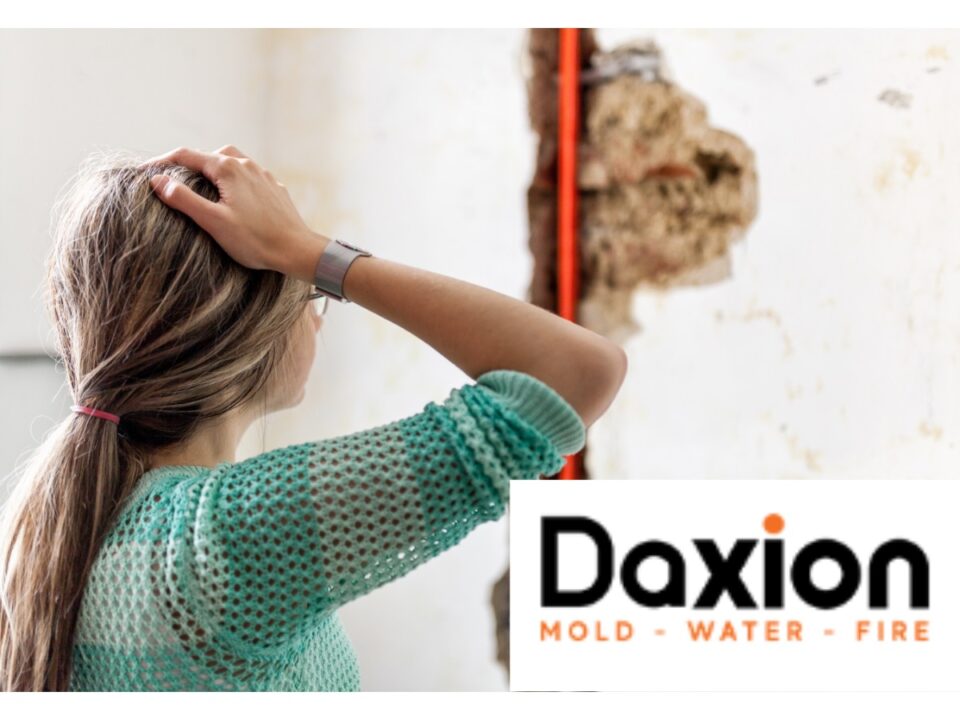There are several signs that can indicate the presence of mold in your home. Here are some common indicators to look out for:
- Visual signs: Mold often appears as patches or discoloration on walls, ceilings, or other surfaces. It can be black, green, brown, or even white in color. Check for any unusual spots, stains, or fuzzy growth.
- Musty odor: Mold typically has a distinctive, earthy, or musty smell. If you notice a persistent odor in certain areas of your home, it could be an indication of mold growth.
- Water leaks or moisture issues: Mold thrives in damp environments. If you have experienced any water leaks, flooding, or persistent moisture problems in your home, it increases the likelihood of mold growth. Pay attention to areas near pipes, windows, roofs, or any other potential sources of water intrusion.
- Allergic reactions: Some individuals may be sensitive to mold spores and experience allergic reactions when mold is present. Symptoms can include sneezing, coughing, itchy or watery eyes, nasal congestion, or skin irritation. If you notice these symptoms are more pronounced when you are at home and they subside when you leave, it could be a sign of mold.
- Respiratory issues or other health problems: Prolonged exposure to mold can lead to respiratory problems such as coughing, wheezing, or difficulty breathing. It can also cause headaches, fatigue, and other health issues. If you or your family members consistently experience these symptoms while at home, mold could be a potential cause.
If you suspect mold in your home, it is recommended to consult with a professional mold inspector or remediation specialist. They have the expertise and equipment to assess the situation, identify the type of mold present, and provide appropriate recommendations for its removal and prevention.
What to do if you suspect Mold in your home
If you suspect mold in your home, it is important to take appropriate steps to address the issue. Here’s what you can do:
- Investigate and document: Start by inspecting your home for any visible signs of mold, such as discoloration, patches, or fuzzy growth. Take note of the locations and extent of the mold growth. Additionally, check for any water leaks or moisture issues that may be contributing to mold growth.
- Consult with professionals: Consider contacting a professional mold inspector or a qualified mold remediation specialist. They have the expertise and equipment to assess the situation accurately. They can conduct a thorough inspection, identify the type of mold present, determine the extent of the problem, and provide appropriate recommendations for remediation.
- Address moisture sources: If you identify any water leaks, plumbing issues, or excess moisture in your home, it is crucial to address these problems promptly. Repair any leaks, improve ventilation, and reduce humidity levels to prevent further mold growth.
- Take precautions: While waiting for professional assistance or during the remediation process, it’s important to take precautions to minimize exposure to mold spores. Consider wearing protective equipment such as gloves, goggles, and an N95 respirator mask when dealing with mold or cleaning affected areas.
- Contain the affected area: If you have confirmed mold growth, it is advisable to isolate and contain the affected area to prevent the spread of mold spores to other parts of the house. Close off the area and consider using plastic sheeting to seal off doorways and vents. This will help limit the movement of mold spores during cleanup.
- Professional mold remediation: If the mold growth is extensive or if you have underlying health concerns, it is generally recommended to hire a professional mold remediation company. They have the necessary experience, equipment, and knowledge to safely and effectively remove the mold. They will follow appropriate protocols to clean and remediate the affected areas.
Remember, mold can be potentially hazardous to your health, so it’s essential to address the issue promptly and thoroughly. Professional assistance can ensure that the mold is properly removed and the underlying moisture issues are resolved to prevent future growth.

